

Sign in to your ScreenRant account
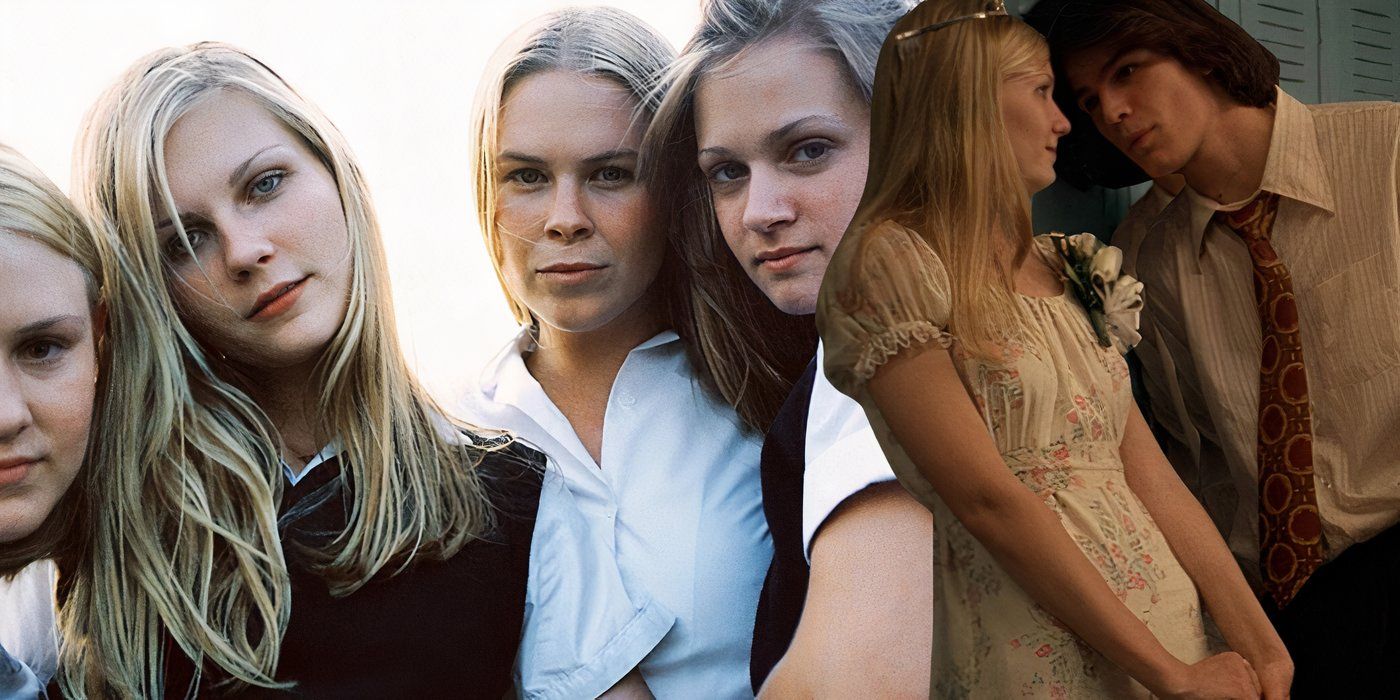 Original SR Image by Shawn Lealos
Original SR Image by Shawn Lealos
Contains sensitive subject matter about suicide.
The Virgin Suicides ending is somewhat open-ended, leaving many to ask, "Why did the Lisbon sisters kill themselves?". Set in a quiet 1970s Michigan suburb, the film showcases the lives of the Lisbon sisters, led by Lux (Spider-Man's Kirsten Dunst), through the eyes of neighborhood boys, who remain enamored and haunted by their memories. This haunting narrative explores themes of youth, control, freedom, and the enigmatic essence of life and death, leaving a lasting impact. The film’s legacy lies in its ability to resonate deeply with themes of loss and the elusive nature of understanding another's inner world.
Based on the novel by Jeffrey Eugenides, the story navigates through the constrained lives of the five Lisbon sisters under the strict surveillance of their parents in a narrative filled with longing and mystery. The atmosphere that Lost in Translation director Sofia Coppola creates is one of palpable tension and suffocating control, portraying the inevitable crumbling of the sisters’ spirits under the weight of their parents' restrictions. This backdrop sets the stage for a tragic conclusion, where the sisters, seemingly without escape, make a collective decision to end their lives, a choice that remains as bewildering as it is devastating.
What Happens In The Virgin Suicides Ending
The Lisbon Sisters Die By Suicide In A Collective
The story, having chronicled the lives of the sisters under oppressive guardianship, culminates in a heart-wrenching finale. After a series of events that further isolate them from their peers and each other, the sisters decide to die by suicide in a collective, premeditated act. The boys, who have been watching from afar, hoping to understand or perhaps save them, arrive too late, finding the sisters in a tragic tableau that seals their fate as eternal mysteries. This ending also serves as a somber reflection on the themes of entrapment, despair, and the impact of isolation on the human spirit.
The Lisbon Sisters’ Deaths Are A Result Of Their Entrapment
The Sisters Lived Under Stringent Control Of Their Parents
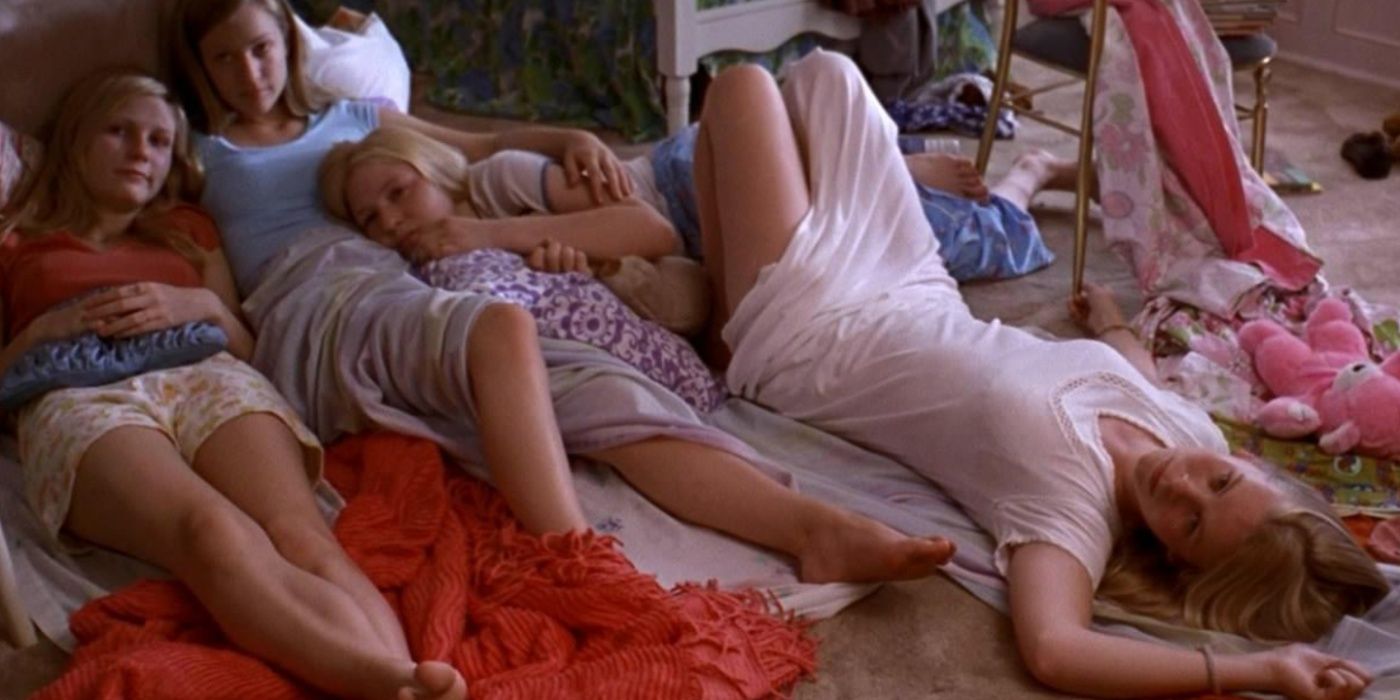
The entrapment experienced by the Lisbon sisters forms the crux of their tragic fate. Living under the stringent control of their parents, the sisters are depicted as ethereal figures trapped in an existence that stifles their desires, individuality, and connection to the outside world. This intense supervision and isolation from societal norms and interactions serve as a double-edged sword, protecting them from the external world's perceived corruption but simultaneously imprisoning them within their own home. The psychological and emotional toll is portrayed through the sisters' increasingly desperate actions and their ultimate decision to escape the only way they see possible.
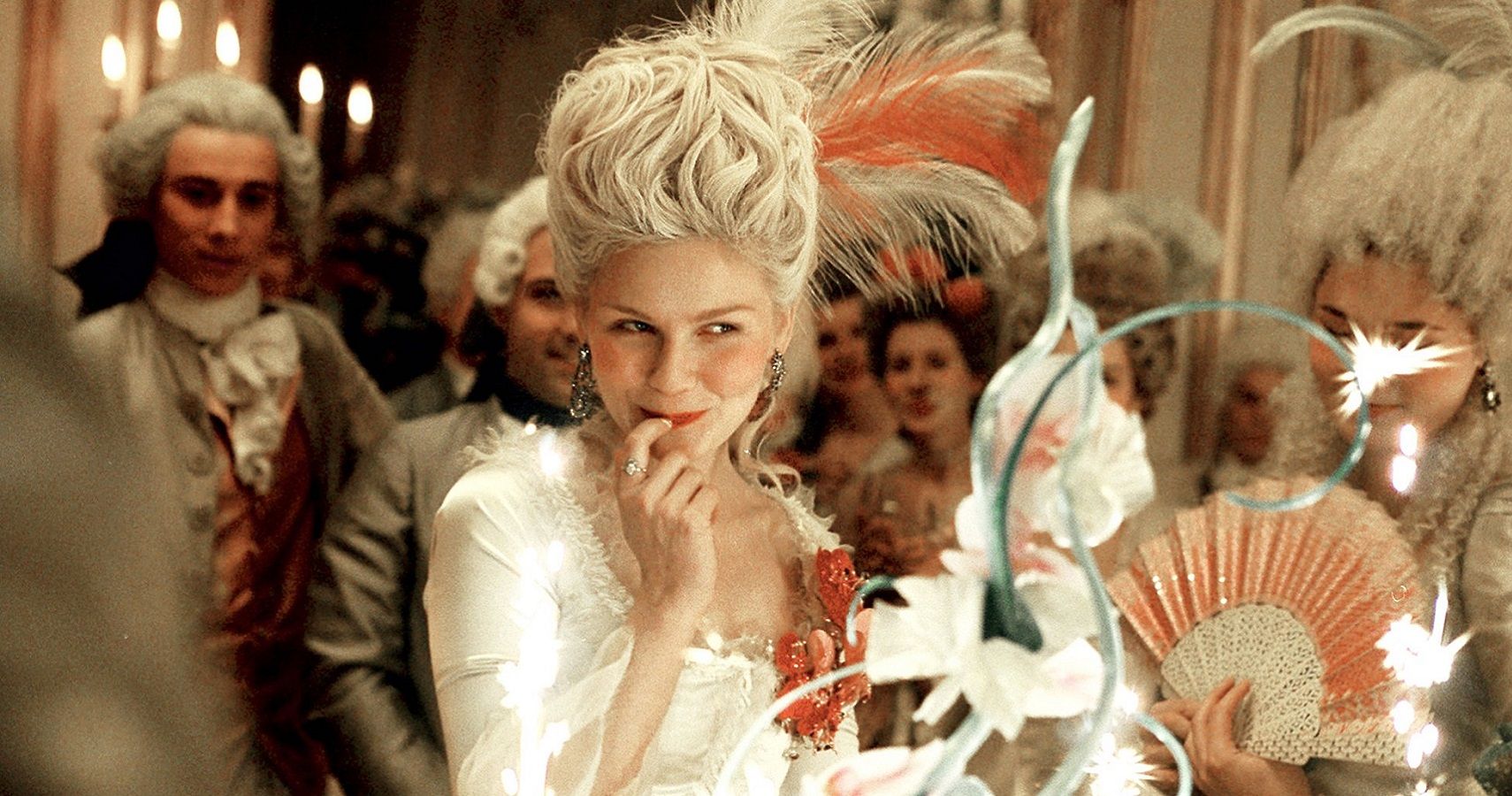
Related
Ranking Kirsten Dunst's 10 Best Roles
Kirsten Dunst has been working in Hollywood for the majority of her life & has starred in some brilliant films in the process. Here are her best roles
This entrapment is not merely physical but deeply psychological, permeating the very essence of their being and shaping their perception of the world around them. The lack of freedom to explore, grow, and make autonomous decisions leads to a profound sense of despair and hopelessness, which, coupled with their inability to envision a future beyond their immediate surroundings, catalyzes their tragic end. The sisters’ deaths can be seen as a final act of defiance, a means to assert control over their lives in the face of unbearable confinement and to escape a world that offers them no means of expression.
The Decaying House Is A Symbolic Representation Of The Lisbon Family’s Confinement
The Property Is A Physical Manifestation Of The Sisters' Isolation
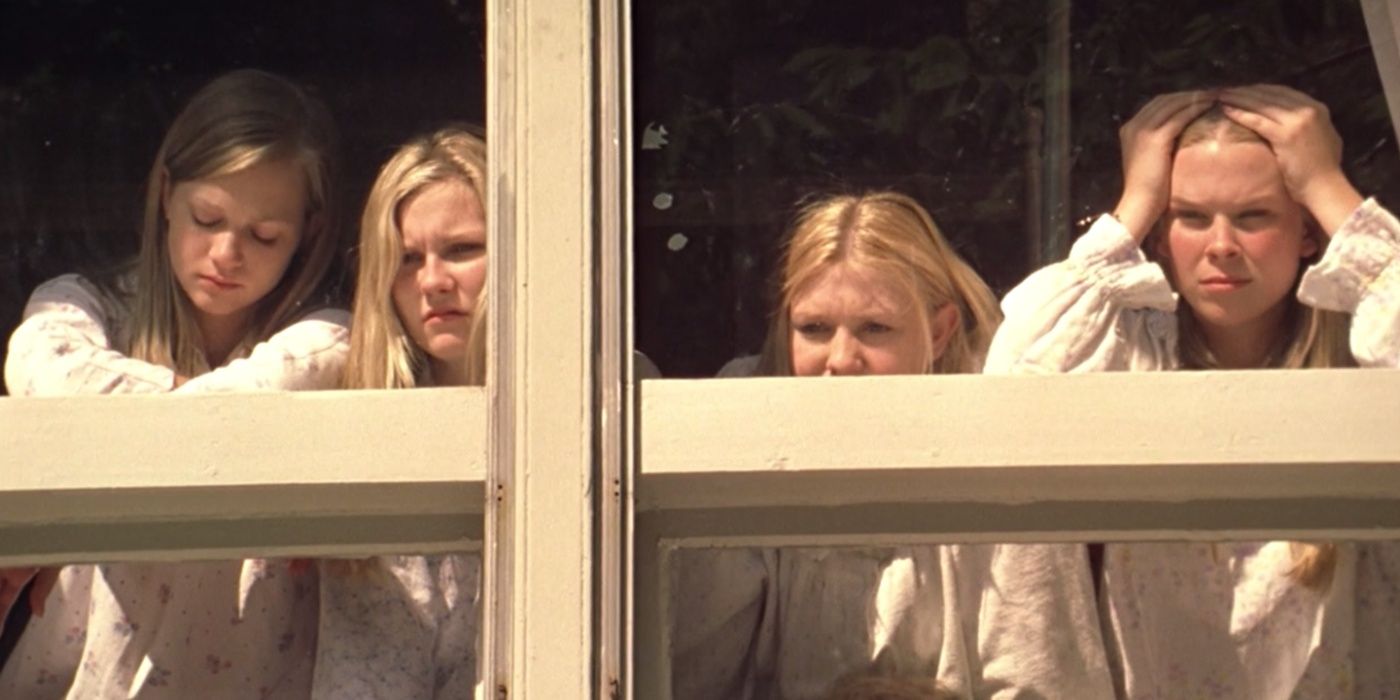
The Lisbon family’s home, a decaying house, stands as a potent symbol within The Virgin Suicides, mirroring the family’s internal disintegration and the psychological confinement of the sisters. As the movie progresses, the house, once a symbol of suburban respectability, deteriorates into a physical manifestation of the family's isolation and the oppressive nature of their existence. This decline parallels the gradual loss of hope and vitality within the sisters, emphasizing the toxic environment that contributes to their tragic decision. The house, with its barred windows and neglected garden, reflects the suffocating control exerted by the Lisbon parents.

Related
8 Best Sofia Coppola Movies
Sofia Coppola's latest film, Priscilla, is set to hit theaters in November. The director has a number of great films to explore before the release.
The house, in its dilapidated state, serves as a constant reminder of the futility of the parents’ attempts to preserve their daughters’ innocence, ultimately showcasing how such efforts can lead to devastating outcomes. The home becomes a metaphor for the family itself—outwardly pristine but internally crumbling under the weight of its own restrictions. This decay is not just physical but emotional and spiritual, representing the slow erosion of the sisters' will to live under such oppressive conditions.
Why The Story Is Told From Everyone’s Perspectives But The Libson Sisters’
The Virgin Suicides Explores The Ways In Which People Can Overlook Others' Struggles
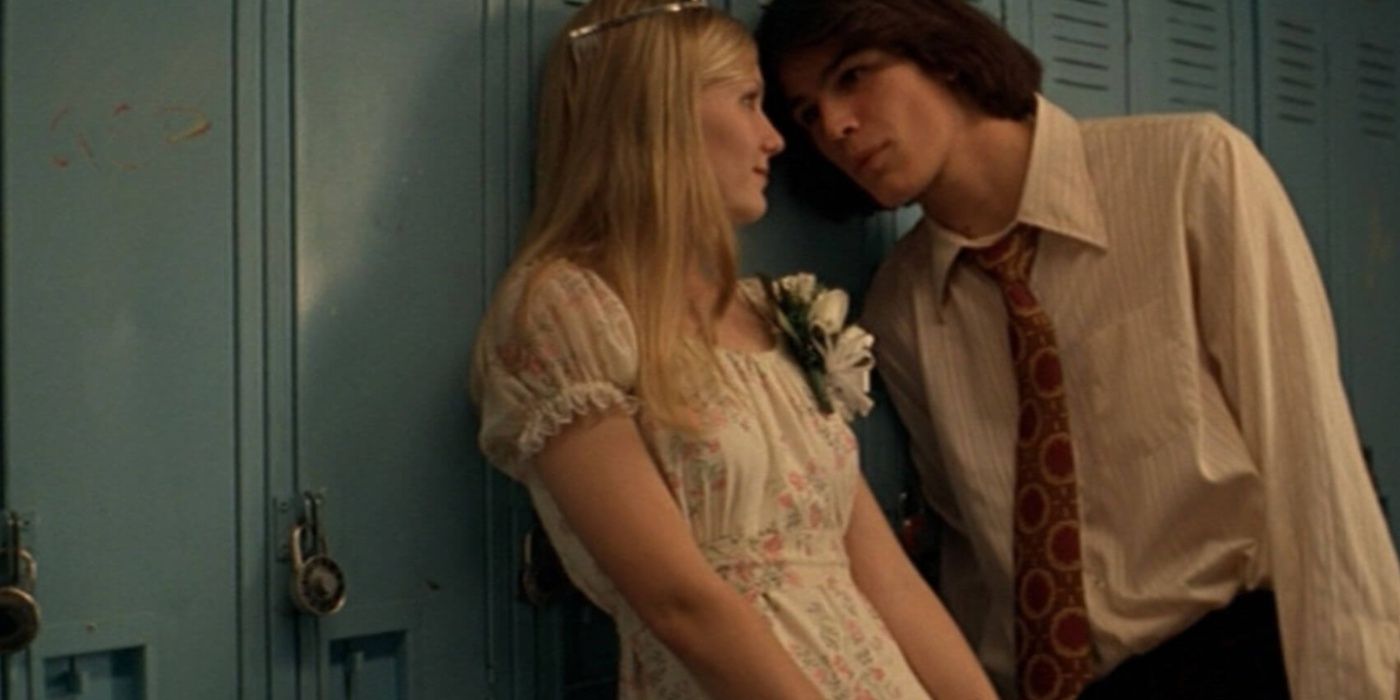
One of the most compelling narrative choices in The Virgin Suicides is the decision to tell the story from the perspectives of everyone except the Lisbon sisters themselves. This approach creates a sense of mystery and longing, as the audience is kept at a distance, much like the neighborhood boys who can only speculate on the inner lives of the sisters. The distinct narrative technique emphasizes the theme of misunderstanding and the inherent difficulty of truly knowing another person. By denying direct access to the sisters' thoughts, Coppola underscores the complexity of the human psyche and the limitations of perception.

Related
Hayden Christensen's 10 Best Non-Star Wars Movies, According To Ranker
Hayden Christensen is best known as Anakin Skywalker but here are his 10 best non-Star Wars roles, according to Ranker.
This also serves to highlight the objectification and idealization of the Lisbon sisters, portraying them as ethereal, almost mythical figures in the eyes of their observers. The narrative gap between the sisters’ lived experiences and the boys’ perceptions of those experiences illustrates the dangers of romanticizing others without understanding their reality. It reflects on how society often views troubled individuals through a lens that simplifies or ignores their suffering, focusing instead on their mystique. By keeping the sisters’ perspectives elusive, the film invites viewers to confront their assumptions and consider the myriad ways in which people can overlook others' struggles.
The Meaning Behind The Virgin Suicides’ Rotting Tree
The Tree's Removal Reflects Tendencies Prioritize Appearances Over Real Problems
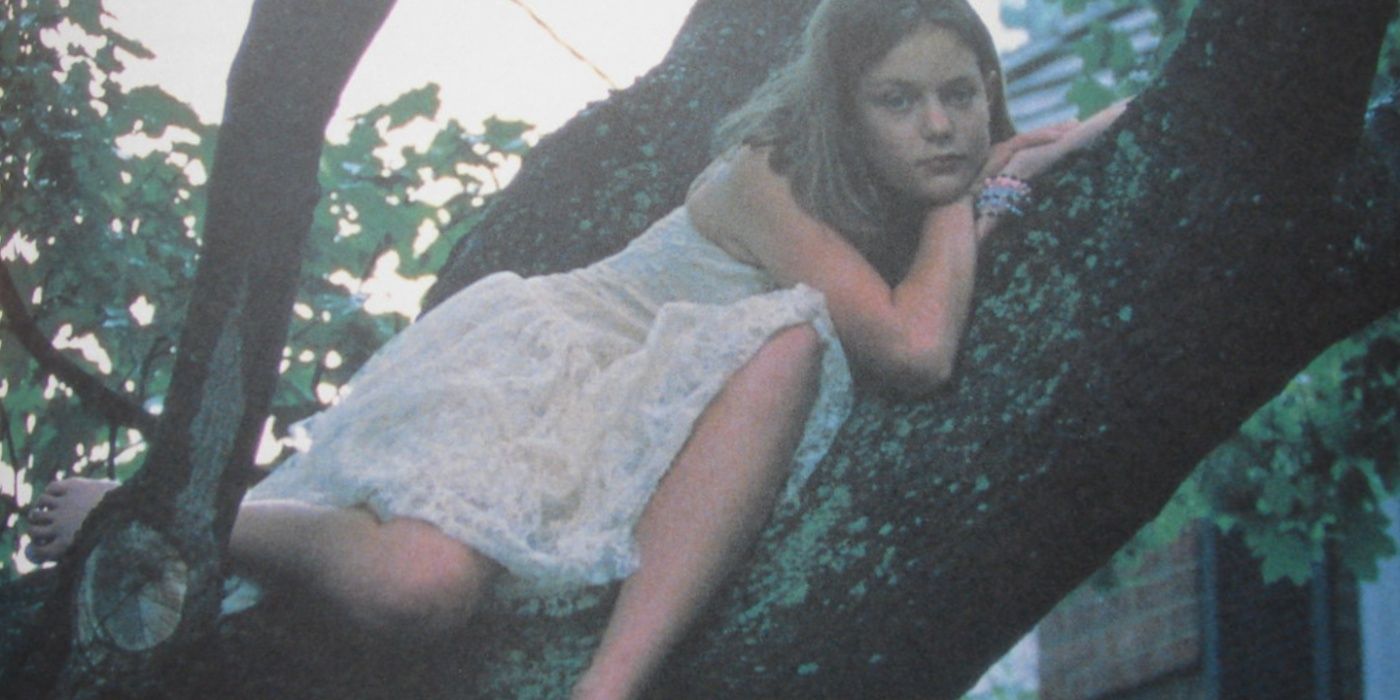
The rotting tree in The Virgin Suicides serves as a critical symbol within the film, embodying the themes of decay, neglect, and the stifling atmosphere of the Lisbon household. Positioned prominently in the sisters' front yard, the tree is a constant, looming presence that mirrors the family's downward spiral. Its removal, demanded by the neighborhood as a safety concern, acts as a metaphor for the community's attempt to sanitize or remove the visible signs of decay without addressing the underlying issues that cause such deterioration.

Related
25 Best Coming-Of-Age Movies On Netflix
Themes like loss, heartbreak, rebellion, mental health issues, and sexuality are conveyed powerfully in these coming-of-age movies on Netflix.
The tree's decay symbolizes the pervasive rot within the Lisbon family, a rot that extends beyond the physical environment to infect the emotional and psychological well-being of its members. It reflects the consequences of a life lived in confinement, devoid of the natural growth, exploration, and freedom necessary for healthy development. Furthermore, the community's reaction to the tree—focusing on its removal rather than the health of the family it represents—highlights societal tendencies to prioritize appearances over substantive, empathetic engagement with those who are struggling.
The Real Meaning Of The Virgin Suicides Ending
It Challenges Viewers To Consider Their Roles As Observers In Other People's Lives
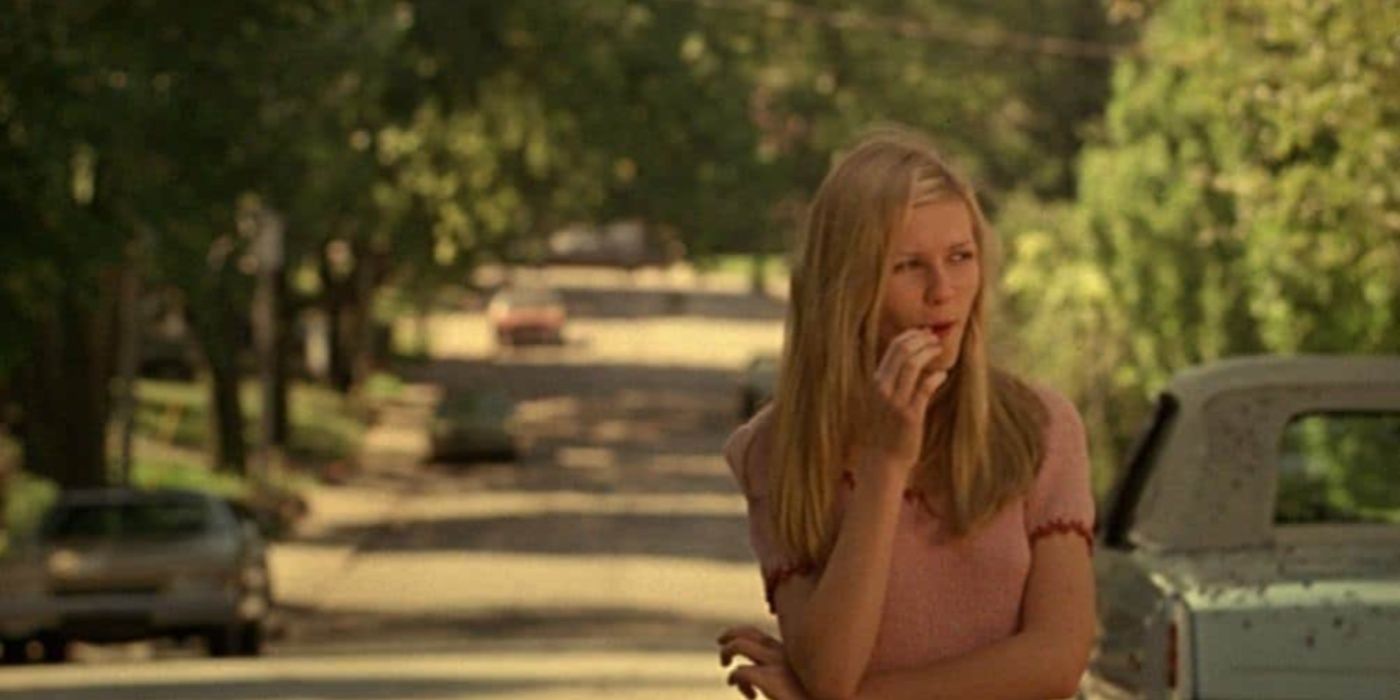
The ending of The Virgin Suicides transcends the literal tragedy of the Lisbon sisters' suicides to offer a profound commentary on the themes of isolation, control, and the elusive nature of understanding. It serves as a poignant reminder of the complexity of human emotions and the depths of despair that can be hidden behind the facade of a seemingly normal life. The sisters' decision to end their lives is a tragic assertion of agency in a world where they felt powerless and voiceless, highlighting the dire consequences of extreme isolation and control.
The real meaning of the film's ending lies in its call to acknowledge the intricate, often hidden struggles of individuals.
The Virgin Suicides' conclusion prompts reflection on the part of the audience, challenging viewers to consider their roles as observers in the lives of others. It questions the adequacy of our efforts to truly understand and connect with those around them, suggesting that genuine empathy requires more than superficial engagement. The real meaning of the film's ending lies in its call to acknowledge the intricate, often hidden struggles of individuals and to approach them with a deeper sense of compassion and understanding.
In its haunting beauty and complexity, The Virgin Suicides leaves an indelible mark on its audience, offering a narrative that is as enigmatic as it is tragic. Through its exploration of the Lisbon sisters' lives and deaths, the film invites viewers to contemplate the delicate interplay between appearance and reality, freedom and confinement, and the profound impact of human connection — or its absence.
How The Virgin Suicides Ending Was Received
Fans Debated The Suicides Of The Sisters
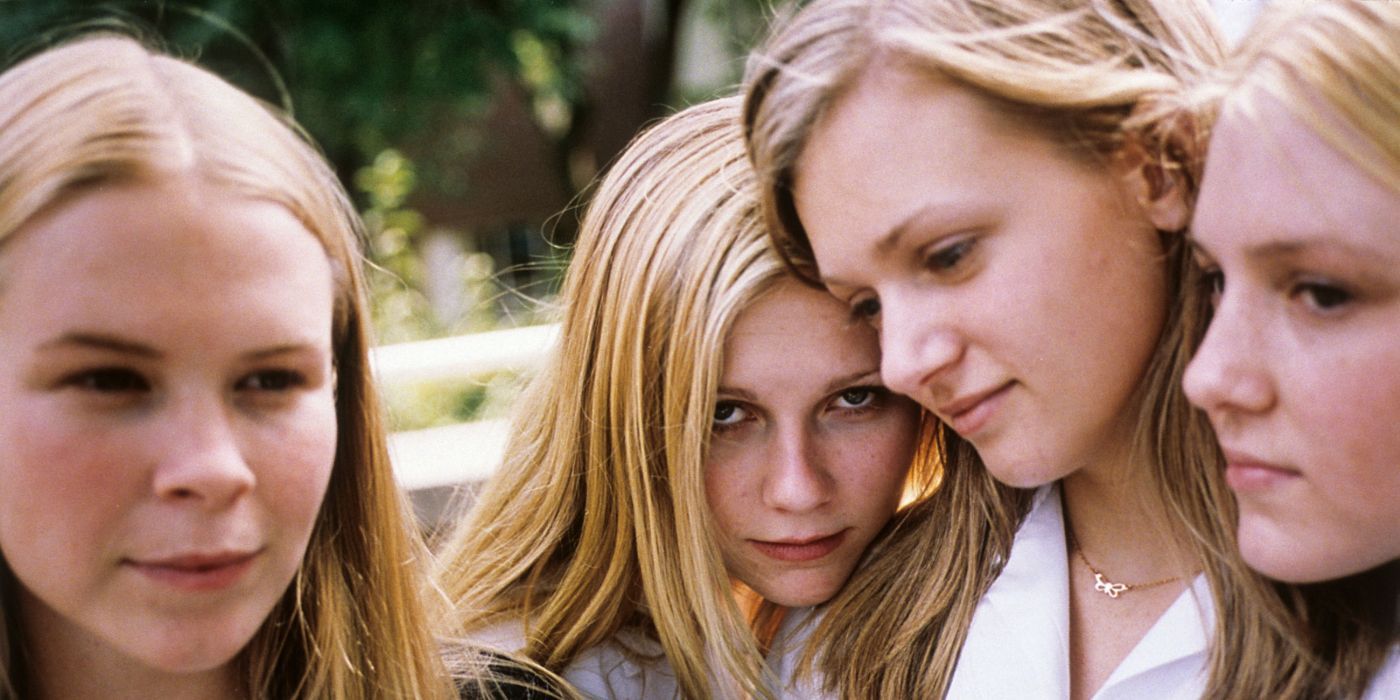
Both critics and viewers alike praised The Virgin Suicides, with the critical score on Rotten Tomatoes Certified Fresh at 80% and the audience Popcornmeter score at 81%. One audience reviewer on Rotten Tomatoes wrote of the ending, "The climax of the movie was not unforeseen but rather how it was done, had made the film work. The unfolding of events went naturally and added such realism to the film." Roger Ebert also reviewed the movie, touching on what he sees as the true meaning:
"When the Lisbon girls kill themselves, do not blame their deaths on their weird parents. Mourn for the passing of everyone you knew and everyone you were in the last summer before sex. Mourn for the idealism of inexperience... The story it most reminds me of, indeed, is Picnic at Hanging Rock... The lack of any explanation is the whole point: For those left behind, they are preserved forever in the perfection they possessed when they were last seen."
Reddit threads started with people discussing the reasoning behind the suicides. One had the OP show a misunderstanding of the movie's ending, thinking it was only about the suicides. Redditor Arckanold explained, "The film is not about the Lisbon sisters, but about the way the people around them looked at them and objectify them. That's why we get to know only two sisters, the youngest one, because we have her diary and Lux, because we have Trip's retelling. The other sisters remain shadows, because of the boys fear to get to know them."
However, this didn't stop people from interpreting what the suicides mean in The Virgin Suicides. Redditor CitizenSunshine wrote, "All in all, they are just seen as passive objects to be conquered and consumed ("They're just gonna raffle us out"), when the only thing they want is to be truly loved. Home's just as depressing. They didn't want to die. They just saw nothing worth living in life anymore."

The Virgin Suicides, directed by Sofia Coppola, is a drama that explores the enigmatic lives of five Lisbon sisters in a quiet suburban neighborhood. The film is set in the 1970s and chronicles the impact of the sisters' sheltered upbringing on the community, revealing themes of love, loss, and adolescence. James Woods and Kathleen Turner star as the parents, with Kirsten Dunst featuring prominently as one of the sisters.
Director Sofia Coppola
Release Date May 19, 1999
Distributor(s) Paramount Pictures
Runtime 97 Minutes

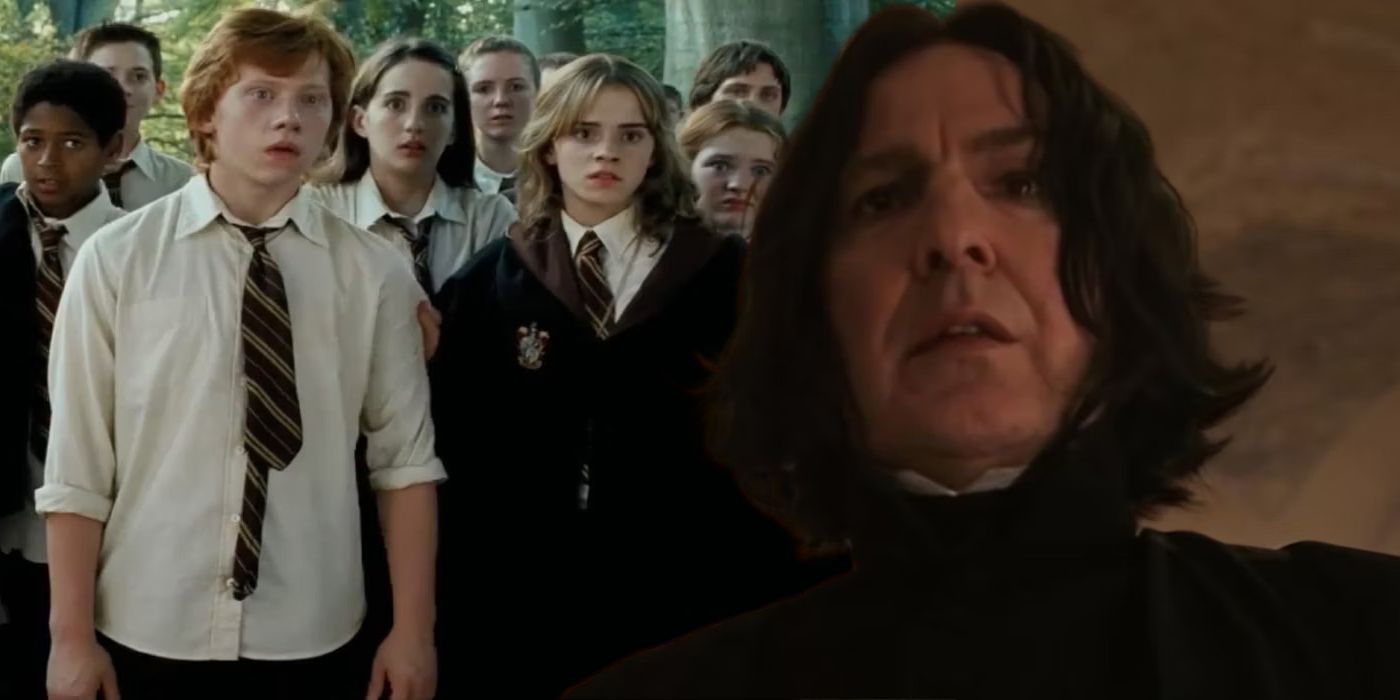





:quality(85):upscale()/2024/10/31/831/n/49351773/b7bf33836723d2f0643c55.51137847_.jpg)

 English (US) ·
English (US) ·